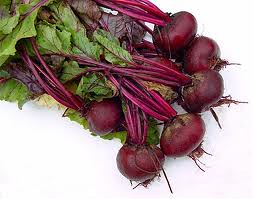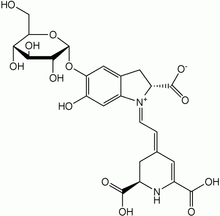Serotonin i.e. 5-hydroxytryptamine (5-HT) is a monoamine
neurotransmitter
that is said to be helping to relay
signals from one area of the brain to another. However its primary functions
are found in gastrointestinal tract as 90% of total serotonin is located in the enterochromaffin cells in the gut.
Serotonin is made via a unique biochemical conversion
process that begins with Tryptophan. Tryptophan is a building block to
proteins. In the synthesis of serotonin, Tryptophan hydroxylase the enzyme
combines with tryptophan to form 5-hydroxytryptophan metabolite that later
converts to Serotonin.
 |
| Via wikipedia.org |
As mentioned earlier serotonin helps to distribute messages across the brain. Brain
cells related to mood, appetite, sleep, memory, learning, temperature
regulation, sexual desire and some social behaviour are influenced either
directly or indirectly by serotonin due to the widespread distribution in the
brain.
It can also affect the functioning of the cardiovascular system, muscles, and various elements in the
endocrine system.
When it comes to mental health, it is widely believed that a
serotonin deficiency plays a role in depression but there is no way to measure
its levels in the living brain. Therefore, there have not been any studies
proving that brain levels of this or any neurotransmitter are in short supply
when depression or any mental illness develops. People who suffer from depression
shows lower serotonin levels in blood levels but still it is not revealed that
whether the blood levels reflect the brain's level of serotonin.
Antidepressant
medications such as SSRIs (selective serotonin reuptake inhibitors) and SNRIs
(serotonin and norepinephrine reuptake inhibitors) that work on serotonin
levels are believed to lower the symptoms of depression, but their exact function
is not fully understood.
Recent studies show that
when the Mycobacterium vaccae, which occurs
naturally in soil and is often breathed in when spending much time nature, is
injected into mice, it stimulates neuron growth and causes serotonin levels in
blood to increase. So that the bacteria could have antidepressant benefits but it
is not yet revealed whether it has an effect on human.

